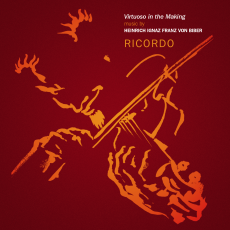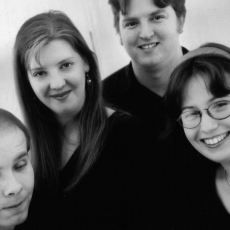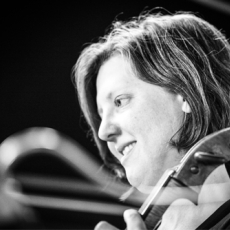Ricordo - Virtuoso in the Making: music by Biber - Early Music news
Ricordo is the name of a group consisting of violin, viola da gamba, lute and keyboard. The four players came together in 1997 to explore seventeenth-century chamber music, starting with works by Italian and Austrian composers and moving on to include Germany and England. They have appeared at various festivals and, are about to make their début at the Wigmore Hall.
Here they are joined by a second violin and a trombone, but most of the pieces are for violin and continuo. Heinrich Ignaz Franz von Biber (1644-1704), best known for his Rosary or Mystery Sonatas, was in the service of the prince-bishop of Olmütz before decamping without permission to the court of the prince-archbishop of Salzburg. The former divine, Count Leichenstein-Kastelkorn, kept a music library at his castle: the source (together with the Minoriten convent in Vienna) of the pieces of this recording.
The first piece from the Vienna manuscript, is a Pastorella which begins with a display section including double-stopping in thirds before leading into a gigue. A reprise of the opening is followed by a quiet ending, pizzicato. The booklet note points out that Biber borrowed shamelessly from a Pastorella for two violins by Schmelzer, which is also to be heard on the CD. There are more passages in thirds in Biber's Sonata for two violins and trombone. The trombone sometimes doubles the bass line, but it is also used as a melody instrument, and there is some imitative writing for the three players which makes a nice change from pyrotechnics.
Biber must have been a demon player, and he would recognise in Kati Debretzeni an artist for whom his virtuoso flights hold no terrors. The music is engaging, jaunty in places but without much depth, so it is probably best to take it in small doses.
A Sonata in E and a Sonata in A which concludes the disc feature more fireworks and both come to an abrupt end. Much the finest work is a Sonata in C minor, described as "an incarnation" of the 6th sonata published in 1681. A slow introduction based on a rising chromatic phrase moves into a triple-time Passacaglia, the theme heard alone three times at the outset and twice at at the end. Just as one is wearying of the violin and bass always starting and finishing together, Biber varies the phrase-lengths so that the ear is intrigued and interest is maintained.
Penelope Spencer matches Debretzeni beautifully in the ensemble pieces, Adam Woolfe is a most euphonious trombonist, and the continuo players Alison McGillivray (gamba and violone), Matthew Wadsworth (lute and theorbo) and Robert Howarth (harpsichord and organ) provide excellent support, all in a warm and clear acoustic. But the star is Kati Debretzeni, who combines a breathtaking technique with sensitive musicianship.


